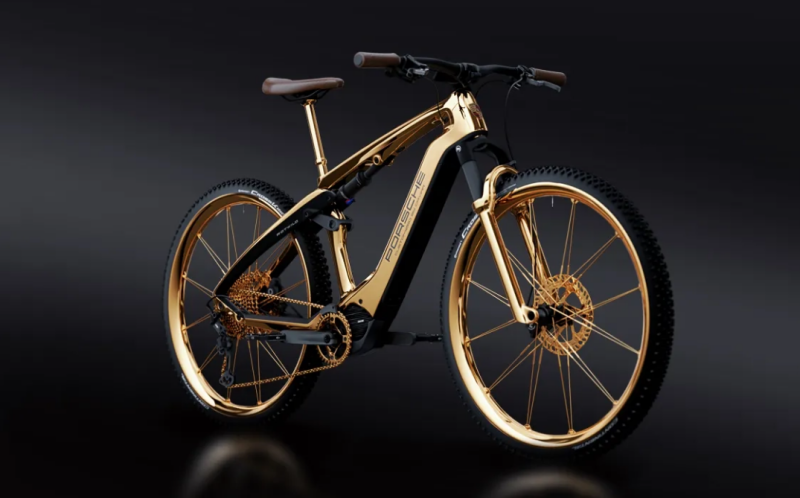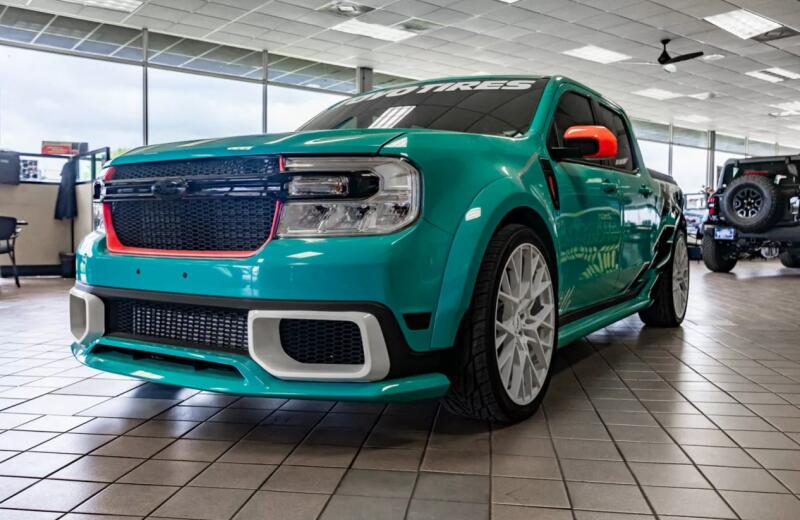A car in the USSR was considered a symbol of wealth and prosperity, so the question of creating the cheapest possible model has always been acute. That's just car plants did not pay attention to him and did not seek to expand the production range.
Even the “Hunchbacked” Zaporozhets, which was originally a typical small car, quickly grew out of “short pants”. In the next generation, he turned into a fairly large "Eared" 966 series.
 A simple city car with minimal fuel consumption. Photo: Youtube.com
A simple city car with minimal fuel consumption. Photo: Youtube.comBut in post-war Europe, a lot of small cars were produced - the impoverished population could not afford high-class cars, so manufacturers gave the people exactly what was in demand.
In the USSR, the question was different - here everyone was sure that all their products would be sold. And since things are exactly like this - why invent something new?
The appearance of Oka
But in the early 1980s, the USSR decided to make a small car. Only they did not develop it for everyone, but in the form of a “disabled person”, because the old model, produced in Serpukhov, was hopelessly outdated by that time. And the quality of its manufacture caused criticism even among the old front-line soldiers.
It was immediately decided to leave the Serpukhov motorcycle base, and to make, albeit small, but full-fledged cars.
There was only one serious problem - the plant was not able to produce cars. There were no specialists in the state, and no one was going to allocate money for the re-equipment of production.
I had to ask for help from the most modern enterprise at that time in the entire Soviet Union - AvtoVAZ.
 The first of the prototypes from US. Photo: Youtube.com
The first of the prototypes from US. Photo: Youtube.comBut the Minister of the Automotive Industry Polyakov, having learned about the new "disabled woman", made a fateful decision - to master the production of a full-fledged small car for the people.
Prototype restart
The designers of the Serpukhov Motor Plant, in cooperation with US, have already managed to develop their own version of the Oka, which was proudly demonstrated to colleagues from AvtoVAZ.
But the SMZ-1101 prototype turned out to be unfinished. This car was not suitable for production at a modern enterprise, I had to do it again.
Interestingly, they wanted to assemble the car at three factories at once:
- ? AvtoVAZ
- ? Serpukhov Motor
- ? KamAZ
In total, it was planned to produce about 50 new small cars.
Features of the model
The terms of reference for the production of the model were simple and opened up wide scope for creativity.
The machine must meet the following parameters:
- ? Have a length of up to 3,3 meters
- ? Curb weight - up to 650 kg
- ? The engine was supposed to be only four-stroke
- ? The body is two-door and four-seater, always closed
- ? Front drive
It was planned to initially install the motor of the original design - a two-cylinder liquid-cooled. The power of the prototype was 32 liters. With.
 Such an unusual color is an attempt by the plant to attract the attention of buyers. Photo: Youtube.com
Such an unusual color is an attempt by the plant to attract the attention of buyers. Photo: Youtube.comBut developing a new engine is an extra waste. "From above" an instruction came to use the engine from the VAZ-2108. I had to "halve" this engine - that's why it turned out to be 650 cm3.
Outwardly, the car was somewhat similar to a Daihatsu subcompact. Most likely, the Cuore model was used as an external sample. But structurally, the Oka has nothing to do with the Japanese car.
Test
The first prototypes were designated as the 100 series. These cars were unfinished and, during factory tests, they decided to remake them.
Models of the next 200th series received the classic rear suspension for models with front-wheel drive - a U-shaped beam. On previous copies, there were diagonal levers, which were abandoned during the tests.
Already in the 200th series, the Oka received a MacPherson-type front suspension - similar to the one used on the VAZ-2108.
In general, the designers of AvtoVAZ earnestly tried to fulfill all the instructions of the "top" and unified the Oka with their front-wheel drive family.
 An experimental model from SMZ. Photo: Youtube.com
An experimental model from SMZ. Photo: Youtube.comThe next experimental series received an index of 300. These cars passed all-Union tests in different parts of the USSR, from Komi to Turkmenistan. In total, the VAZ-1111 Oka passed state acceptance in 1987 and was recommended for mass production. The car turned out in the best traditions of the European school - cheap, simple in design, but at the same time universal.
Start of production
In 1987, when the car was going to be put on the conveyor, a decree was issued on the transfer of the Soviet economy to market relations. Now enterprises had to earn money themselves, not counting on state support.
The Serpukhov Motor Plant, where it was planned to produce models for the disabled, immediately fell out of the cage - it did not have the funds to put the car into production.
The former Minister of the Automotive Industry Polyakov came to the aid of the enterprise. Using his connections, he helped SMZ join AvtoVAZ. Thus, the enterprise was able to work with the involvement of the assets of the Volga plant.
But the first 100 units of Oka cars, which were called Kama, were produced by KamAZ in 1988. How many jokes were then about this! For Soviet drivers and those who dream of being them, the very fact of the production of small cars by a manufacturer of heavy trucks caused laughter.
 A model developed by AvtoVAZ. Photo: Youtube.com
A model developed by AvtoVAZ. Photo: Youtube.comBut everything was explained simply - KamAZ needed to develop by-products in a market economy, and the plant management did not want to make every little thing, like hammers, spoons and forks.
In the same 1988, AvtoVAZ produced 200 subcompacts. Serpukhov Motor Plant assembled 100 copies for the disabled.
In the subsequent perestroika years, the Oka was never able to become a widespread model in the USSR - the enterprises were in a fever, and after the collapse of the Soviet Union, everything got even worse.
AvtoVAZ produced Oka for a short time - only until 1995. But at KamAZ (a spin-off division of a giant called ZMA) and SaAZ (Serpukhov), the car was assembled until 2006 and 2008, respectively.
Interesting models
After the collapse of the Soviet Union, Oka began to be produced intermittently. Since 2000, cars began to come across for sale not only with engines of 0,65 and 0,75 liters from AvtoVAZ.
Toward the end of the release, in Serpukhov they began to put Chinese engines on 1,0 gasoline. Around the same time, MeMZ-245 engines from Tavria, with a displacement of 1,1 liters, could also be found under the hoods of the Oka.
 Running layout of Oka-2, 2003 release. Photo: Youtube.com
Running layout of Oka-2, 2003 release. Photo: Youtube.comThere was also a diesel Oka, which did not even go into small-scale production. This car received a D18A engine with a power of 25 liters. With. But none of the automakers supported the dieselization of the domestic small car, and the project stalled. His heavy fuel engine was not found.
But a little later, several experimental batches of cars with a Chinese diesel engine were produced.
There were also cargo-passenger modifications of the Eye - these are the Gnome and Toyma. There was also a long-wheelbase version - Alsou.
In recent years, Oka has become unclaimed, and manufacturers have tried by all means to increase demand for the model. They made cars in original factory body kits, alloy wheels appeared.
There have been attempts to raise demand by releasing limited editions like "Lady".
 And how do you like such a cargo Oka? Photo: Youtube.com
And how do you like such a cargo Oka? Photo: Youtube.comBut the car was outdated for a long time and hopelessly lost to foreign counterparts. In the end, she was rejected. The last straw was the tightening of environmental standards, after which the carburetor engine of our own production had to be removed in 2006. Oka with a Chinese engine, which they began to install after that, was too expensive.
Repeatedly, AvtoVAZ was going to release the second generation Oka, but things did not go beyond prototypes.
Now you can buy Oka from 25 thousand rubles. But the purchase of such a car is unjustified - it becomes more and more difficult to find spare parts every year.










